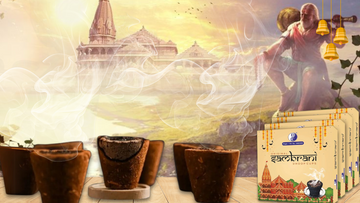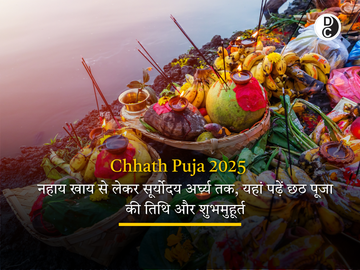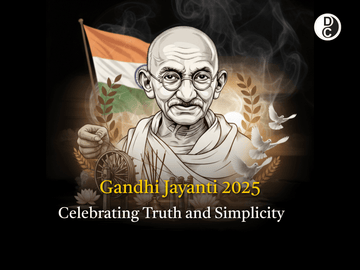Miraculous Story & Significance of Hanuman Jayanti
Feb 12, 2025
Significance of Hanuman Jayanti
Hanuman Jayanti is celebrated as the auspicious birth anniversary of Lord Hanuman. Since its origins date back to the time of Lord Rama and have been observed for centuries, it is difficult to find the exact date of Hanuman Jayanti. Lord Hanuman is regarded as the embodiment of devotion due to his loyalty to Rama.
The Miraculous Story of Lord Hanuman
Lord Hanuman was born into a vanara (monkey) clan as the son of Kesari and Mata Anjana. As a child, he saw the Sun and mistook it for a ripe fruit. Hanuman chased after the Sun with the intent of eating it.
Hanuman was blessed by the Gods with many powers, such as the ability to grow larger or smaller, move as fast as the wind, and so on. But he was still a child at that time, using his special powers as mere pranks. When Hanuman continued to misbehave, the powerful sages cursed him to forget his extraordinary abilities.
Upon recalling his powers, he used them to support Rama, an incarnation of Lord Vishnu, in rescuing his wife, Sita, from the demon king Ravana. Hanuman was the most devoted disciple of Rama.
Because Hanuman used his powers to serve others, he became the symbol of the ideal Hindu devotee, who uses his abilities to help others. Lord Hanuman is an embodiment of strength, devotion, and humility.
Hanuman Jayanti Significance
Hanuman Jayanti is a Hindu festival celebrated to commemorate the auspicious birth of Lord Hanuman. It honors the noble qualities of Lord Hanuman and is believed to bring blessings of courage, wisdom, and protection. This day is also a time for spiritual and introspective reflection, as devotees aspire to emulate the moral qualities of Hanuman.
It is believed Lord Hanuman was born on Chaitra Purnima, just after sunrise on a Tuesday (Mangalwar). Therefore, Hanuman Jayanti is observed on the full moon day (Purnima) of the Hindu lunar month of Chaitra, which usually falls in March or April according to the Gregorian calendar.
There are some regional variations in the way Hanuman Jayanti is celebrated. For example, in most North Indian states, Hanuman Jayanti is observed on Chaitra Purnima. In Karnataka, it is celebrated on Shukla Paksha Trayodashi in the month of Margashirsha and is widely known as Hanuman Vratam.
What People Usually Do on Hanuman Jayanti
On this festival, devotees observe fasting, pray, recite Hanuman Chalisa, and visit Hanuman temples with religious offerings and sindoor (vermillion). Temple priests, or pujaris, distribute prasadam such as flowers, sweets, and coconuts, to the devotees who gather to worship.
Kapoor and Gugal Cup Dhoop
At home, devotees perform Hanuman puja, which includes praying and offering dhoop, flowers, fruits, sweets, and sindoor. Many also practice meditation and place a lamp or ghee diya before Lord Hanuman as a Sankalp.
Lord Hanuman is revered as the messenger of peace, so worship Hanumanji with a peaceful mind. The fragrance of dhoop helps calm your mind during meditation and Hanuman worship and carries the devotee’s prayers to the Lord.
Conclusion
Lord Hanuman was widely worshipped across India for his dedication, humbleness, and miraculous powers. Hanuman Jayanti is an important Indian festival. In 2025, this is on Saturday, the 12th of April.







